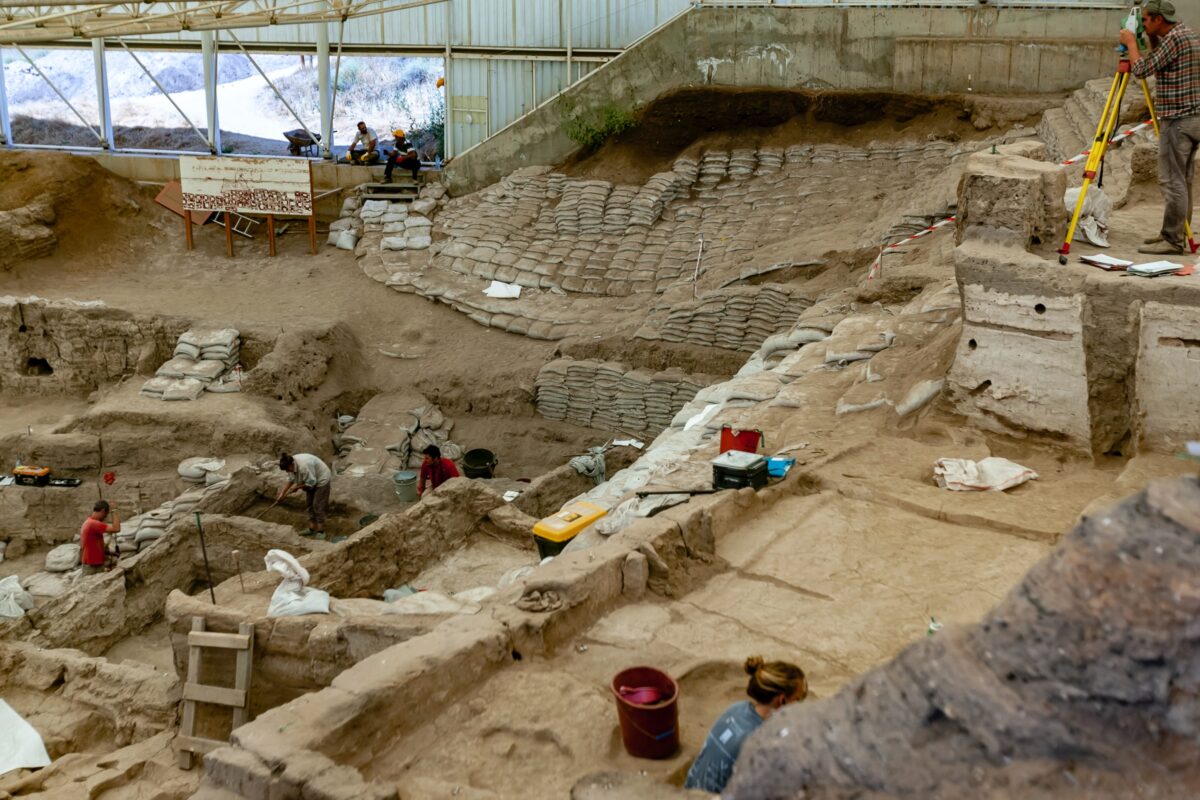Astronomers also found a mysterious area which they claim may be a black hole or neutron star.
The fossils of dying stars are both black holes and neutron stars.
“When the most massive stars die, they collapse under their own gravity and leave behind black holes; when stars that are a bit less massive die, they explode in a supernova and leave behind dense, dead remnants of stars called neutron stars,” explains the Laser-Interferometer Gravitational-Wave Observatory (LIGO) in a statement.
LIGO, which is run by MIT and Caltech, funded by the National Science Foundation, clarified that the “distance” between black holes and neutron stars has long intrigued astronomers. “The heaviest known neutron star is no more than 2.5 times the mass of our sun, or 2.5 solar masses and the lightest known black hole is about 5 solar masses,” it explained in a statement. “The question remained: does anything lie in this so-called mass gap.”
Scientists revealed the detection of an object of 2.6 solar masses in a recent analysis conducted by LIGO and the Virgo detector in Europe, bringing it squarely into the mass range. “The object was found on August 14, 2019, as it merged with a black hole of 23 solar masses, generating a splash of gravitational waves detected back on Earth by LIGO and Virgo,” scientists said in the release.
A article on the observation in The Astrophysical Journal Letters has been published for publication.
While involved in the study were scientists from Northwestern University, the University of Wisconsin, Milwaukee and Padova University in Italy.
“We’ve been waiting decades to solve this mystery,” said study co-author Vicky Kalogera, a professor at Northwestern University, in the statement. “We don’t know if this object is the heaviest known neutron star or the lightest known black hole, but either way it breaks a record.”
“This is going to change how scientists talk about neutron stars and black holes,” added co-author Patrick Brady, a professor at the University of Wisconsin, Milwaukee and the LIGO Scientific Collaboration spokesperson, in the statement. “The mass gap may, in fact, not exist at all but may have been due to limitations in observational capabilities. Time and more observations will tell.”
The cosmic merger was dubbed GW190814 and resulted in a final black hole about 25 times the mass of the sun, located about 800 million light-years from Earth. Scientists note that some of the merged mass was converted to a blast of energy in the form of gravitational waves.
“Before the two objects merged, their masses differed by a factor of 9, making this the most extreme mass ratio known for a gravitational-wave event,” said scientists, in the statement.
A light-year equals about 6 trillion miles, measuring distance in space.
Last year physicists observed a black hole devouring a neutron star for the first time in a different test.
The Australian National University (ANU), which engaged in the study, clarified that gravitational-wave detection devices in the U.S. and Italy observed the “cataclysmic event” on Aug. 14, 2019. In space and time, the devices observed ripples from an incident that occurred around 8.550 million trillion kilometers away from Earth, ANU said in a statement.




